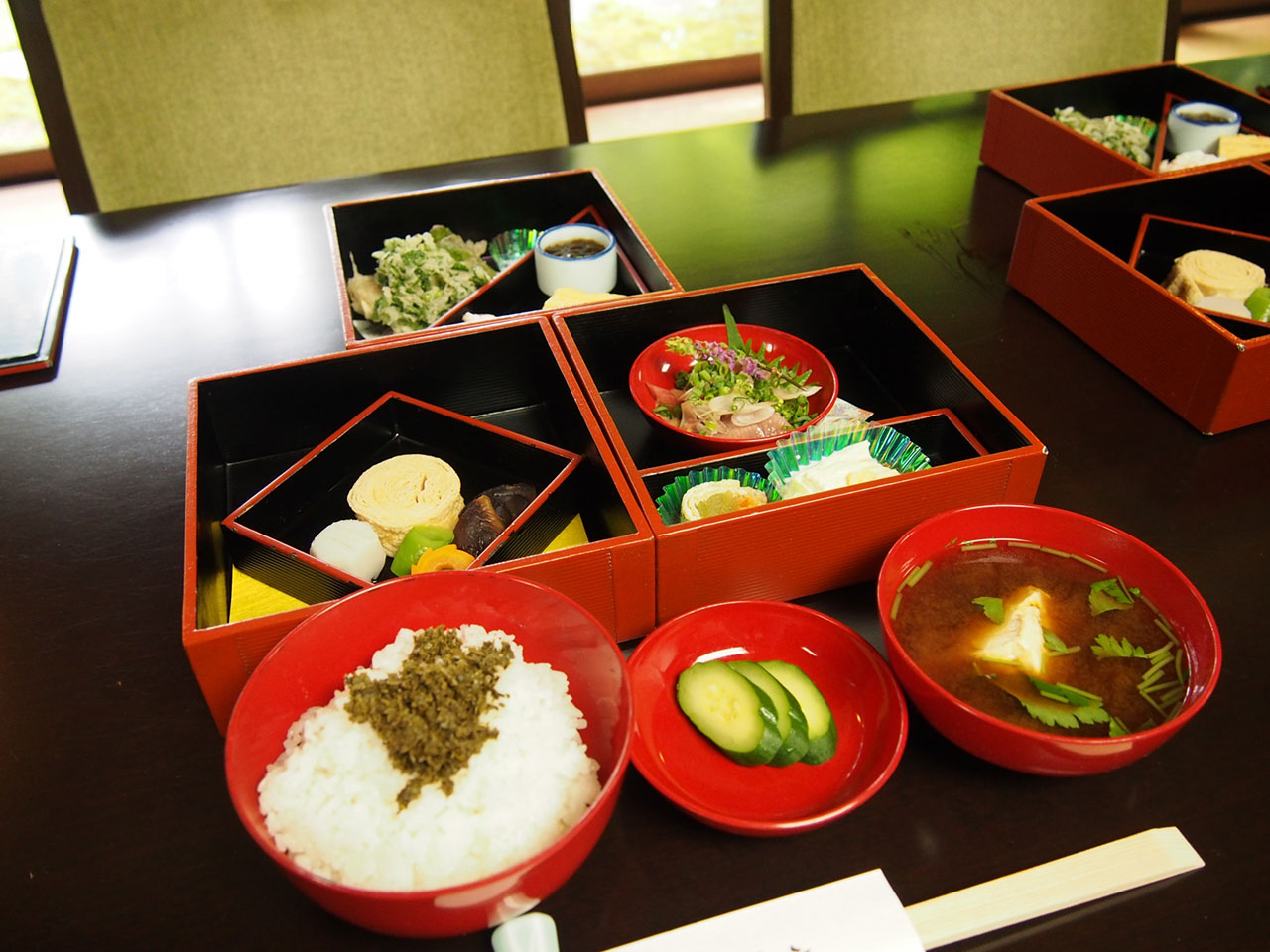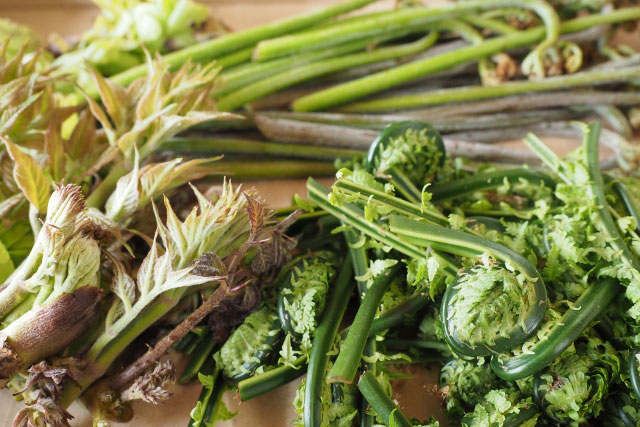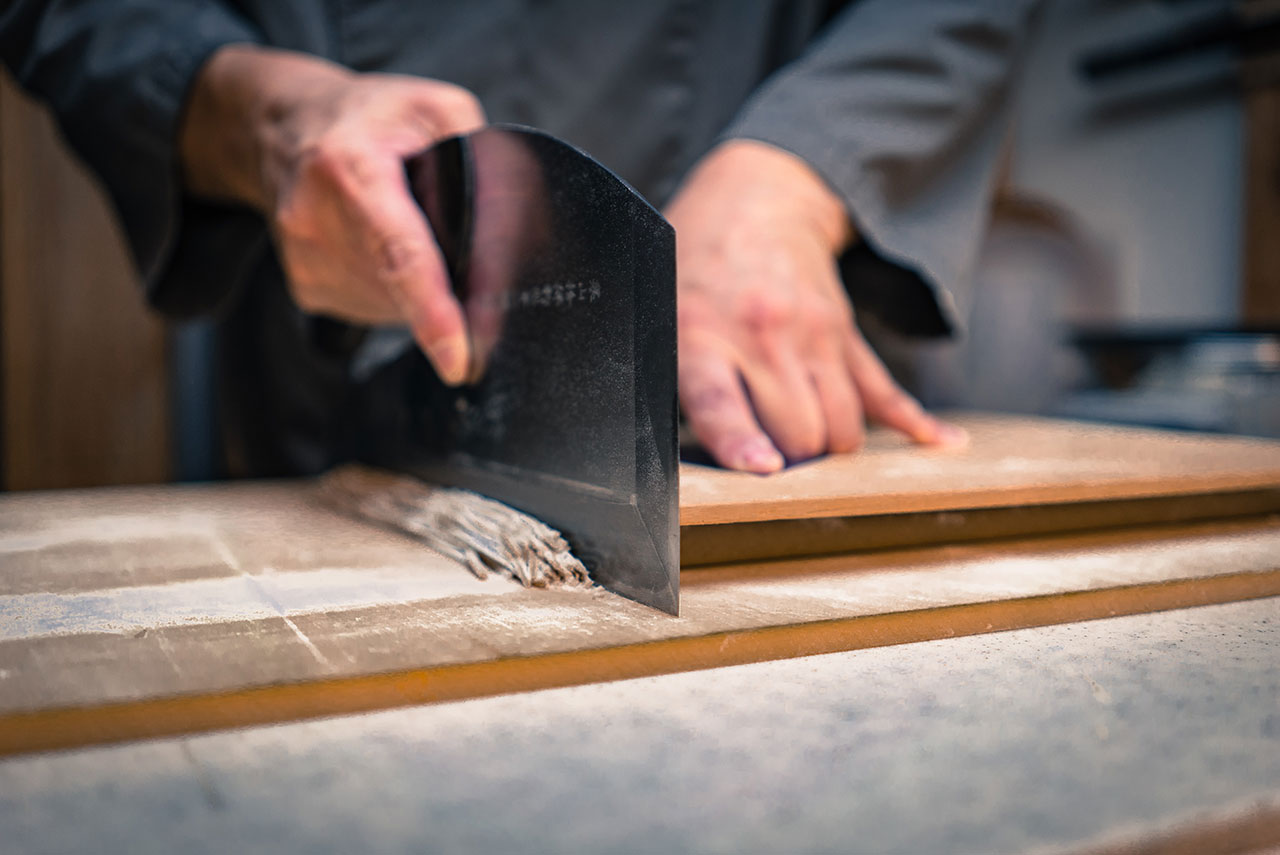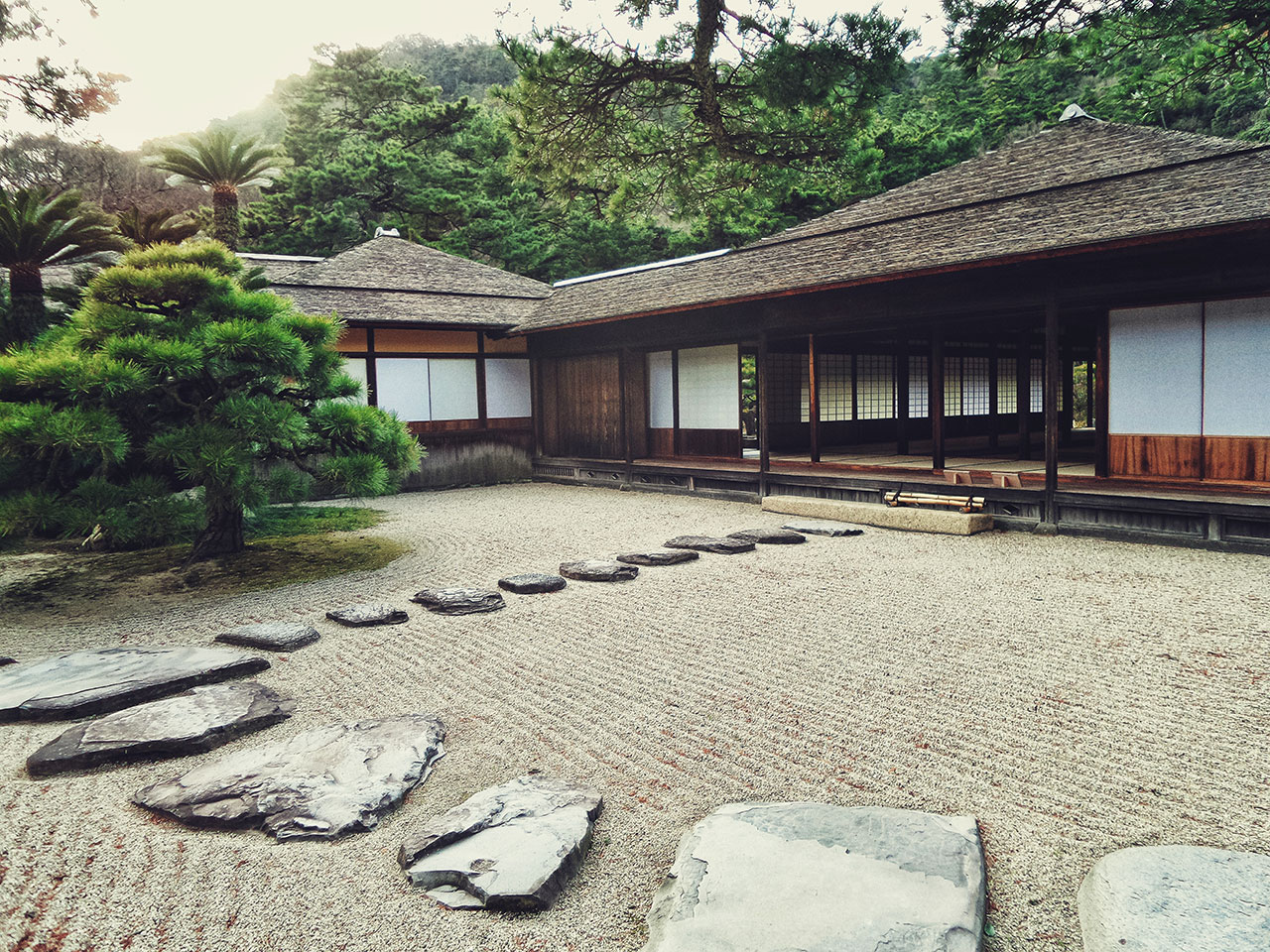Shojin Ryori: Japan’s Haute Cuisine with Spiritual Roots
September 13, 2019

Elegant, simple and delicious, shojin ryori is the understated cuisine that reflects Japan’s spiritual dedication. Growing in popularity alongside Zen Buddhism in the 13th century, the concept of ‘devotion food’ was recognized as an appreciation of the land’s offerings. Entirely vegetarian, the cuisine is believed to align the body, soul and spirit and follows ahimsa—the Dharmic belief of non-violence.
The cuisine was pioneered by Dogen, the founder of the Soto School of Zen Buddhism. His essay, Tenzo Kyokun (often translated as Instructions for the Cook), has served as a guide for not only the ingredients and presentation, but also the chef’s attitude. Intertwined with tales of his travels in China, it highlights the importance of the three minds (sanshin) as well as the need for a Tenzo, the chef, to abandon all duality or discrimination.

Alongside meat, fish and animal products, foods known as gokun are also forbidden for their pungency. Including onions and garlic, this exclusion draws shojin ryori further from Japan’s everyday cuisine. Considered too stimulating, the strong flavors are replaced with the subtle alternatives of seasonal vegetables, dried kelp, tofu and soya beans. Often including a light soup, pickled vegetables, sesame tofu and tempura, it is a feast of small dishes, each to be savored.
The ingredients change throughout the year, selected to support the body during each season and rely on only naturally available ingredients. In summer, hydrating cucumbers and tomatoes give refreshment while pumpkins and sweet potatoes offer vitamins and sustenance for the colder months. Using the rule of five, chefs select ingredients for each of the primary colors: yellow, green, red, white and black. According to tradition, this ensures a meal contains balance of nutrients and with everything needed for a healthy body. The number is also applied to flavor, with chefs ensuring sweet, salty, bitter, sour, savory (also called umami) are all included in the meal.

Although the ingredients are specific, shojin ryori is more than the sum of its means. As Dogen detailed, the importance of Zen Buddhism’s three minds is key in the preparation. Chefs are required to maintain ki-shin (being thankful for both the diners and the ingredients), ro-shin (caring for the diners) and dai-shin (staying calm). Combining these thought processes during preparation and serving, the meal becomes an experience for both the chef and the diner.
During a trip to Japan, there are still some opportunities to try the traditional cuisine, although it can be pricey. Due to its religious connections, the best place is in a temple—with many offering a set meal to overnight guests and some accepting visitors for lunch. In the deeply spiritual mountain town of Koya in Wakayama, temples like Eko-in serve multi-course sets in a tranquil setting, often overlooking the manicured gardens. Kyoto is another popular place due to the sheer volume of temples, although they are likely to be busier. In Tokyo, contemporary versions are available at restaurants like Sougo in Roppongi, while Itosho opts for the traditional style and was awarded a Michelin star. Daigo, a restaurant with two Michelin stars, is possibly the finest experience in the city—but range from 12,000 to 19,000 yen per person.

While meat eaters may find the dishes an unusual change, vegetarians will find it a welcome escape in a country which favors fish and animal products in most meals. While it may be pricey, a shojin ryori meal is a unique opportunity to experience the devotion of spiritual cuisine and the best of Japan’s seasonal flavors.
For more details, contact DMC Japan to discuss ideas, locations and rates.
Contact Us


